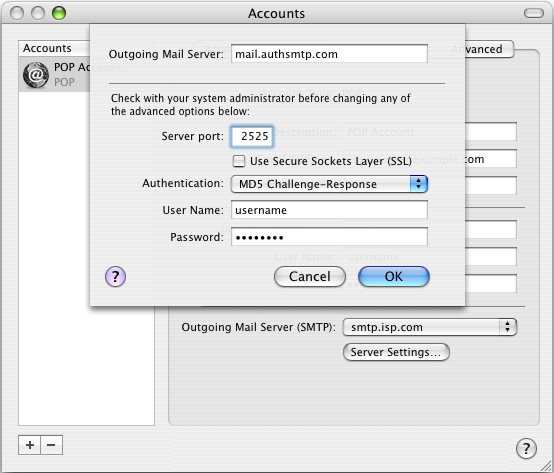Mail Program For Mac Problems
Last Updated: October 29, 2018 Important Update: has now been released. We strongly recommend upgrading to Office 2019 as it fixes many of the problems users commonly experience in Office 2016. If you’re having problems with Office 2016 for Mac especially Outlook 2016 crashes, Word 2016 crashing or Office 2016 crashing in Sierra or High Sierra, here’s a comprehensive list of solutions to repair Office 2016 on Mac. If you need a quick fix or are in a hurry, remember that if you’ve got an, you can use the online version of Office 2016 until you’ve managed to fix the desktop version of Office 2016 on your Mac.
If you’re desperate to open your Outlook mails but can’t because Outlook keeps crashing, you may also find our guide on useful too. You May Also Like: • • • With this in mind, here’s a list of 13 ways to fix Office 2016 for Mac when it keeps crashing. Run Microsoft AutoUpdate One thing you can guarantee with Microsoft software on Apple products is that there will always be glitches and problems, particularly when it comes to a huge office suite like Office.
Most of the problems Mac Office users have regard various types of Outlook and Word crashes on Mac especially Outlook 2016 crashing on startup or hanging. Canon mp390 driver for mac. Microsoft has already issued fixes for some of these via so we recommend you run that first by opening any Microsoft Office program, going to the Help Menu at the top of the screen and selecting “Check for Updates”.
Mail Program For Mac

Troubleshooting your Mac involves two basic tasks: figuring out what the problem is, and fixing it. Usually the figuring out is a LOT more difficult than the fixing. Here we're going to outline a simple procedure for diagnosing Mac problems.
Likewise, Apple has also issued updates for El Capitan users which you can get by opening the Mac App Store and clicking on the Updates button at the top of the screen. If you’re having problems with Office 2011 crashing in El Capitan, we also show you how to fix Office El Capitan problems in the 2011 version. We’ve attempted to address all of the most common Office 2016 for Mac crashes here but if we’ve missed anything, let us know in the comments and we’ll try to help. This article starts with Outlook fixes and then moves on to Word so scroll down if it’s just Word 2016 you’re having problems with. The other important thing to note is that Office 2016 for Mac only works with OS X 10.10 Yosemite or higher – it does not work with OS X 10.9 Mavericks or lower so make sure you are definitely running OS X 10.10 Yosemite, OS X 10.11 El Capitan, macOS Sierra 10.12 or macOS 10.13 High Sierra before proceeding. Before trying any of these fixes, we also recommend uninstalling any anti-virus software you may be using on your Mac.
Mail Program For Mac Problems 2017
And in particular can sometimes conflict with apps and for those on enterprise networks, we also recommend uninstalling and if you’re running them and then try opening Office 2016 on Mac again. Rebuild Office 2016 For Mac Database In Office 2011, a common way to fix this was to rebuild the Office 2011 database (also known as creating a new identity). However, Microsoft has removed this feature in Office 2016 for Mac claiming Office 2016 for Mac will only prompt you to rebuild the database if it encounters a problem but this doesn’t always work anyway and you risk losing all of your mail if it doesn’t repair properly: The way round this is to create a new Profile in Office 2016 for Mac instead (previously called an “Identity” in Office 2011).
Note that if you use Microsoft Exchange, creating a new profile will delete any data that has not yet been synchronized with Exchange including contacts so it’s advisable to backup any local data in Outlook on your Mac. Here’s how to create a new identity in Office 2016 using El Capitan, Sierra and High Sierra: • Open your Applications folder and find Microsoft Outlook • Hold down the CTRL key and then click on Microsoft Outlook to see the contextual menu and select “Show Package Contents” • In the Contents > SharedSupport folder, double-click on Outlook Profile Manager (which was previously called Database Utility in Office 2011).